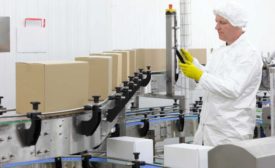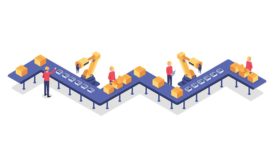Articles by Darryl Seland
Recognizing risks with your vendors can lead to opportunity in the wake of COVID-19.
Read More
Optimizing Machine Performance with Industry 4.0 and Calibration
Combining the latest in manufacturing technology with concepts that have been around for decades ensure quality products while minimizing unexpected shutdowns.
September 8, 2020
Technology Adoption
The importance of not only how many, but also how quick.
September 1, 2020
Quality in Automation > Automation 101
Automation for Beginners and Experts
Whether a newcomer or grizzled expert, it never hurts to brush up on the fundamentals of automation and robotics.
April 6, 2020
Get our new eMagazine delivered to your inbox every month.
Stay in the know with Quality’s comprehensive coverage of the manufacturing and metrology industries.
SIGN UP TODAY!Copyright ©2024. All Rights Reserved BNP Media.
Design, CMS, Hosting & Web Development :: ePublishing





